Up Next

I have been around Formula 1, and motorsport in general, for over 50 years and during that time I have seen many teams come and go. Some have been successful, but unfortunately a high percentage fail.
Andretti and the General Motors/Cadillac project is the latest to throw its hat into the ring.
Success or failure is only judged relative to your own expectations. Back in the old days, when there were 26 cars on the grid and you only got points if you finished in the top six, it was very difficult to get on the scoreboard. You could finish seventh every weekend, but end up with nil points.
However, as long as your own expectations were being satisfied you could live with that. The real problem came when your sponsors or partners expectations were higher than the results, and that is when things usually go belly up.
Now there are points down to 10th, it’s a little easier to get a few of them to satisfy your backers. With only 20 cars on the grid, that also makes it easier because half the field will score in every race.

Even so, you just have to look at Williams to see how difficult it still is. It is a good team but doesn’t have the speed. With potentially an 11th team (at least) and two more cars entering the fray, that will make it 10% more difficult to score points in both the drivers’ and constructors’ championships, so that’s not something that the teams that are there now will welcome with open arms.
JAGUAR PROVED HOW MANUFACTURERS GET IT WRONG
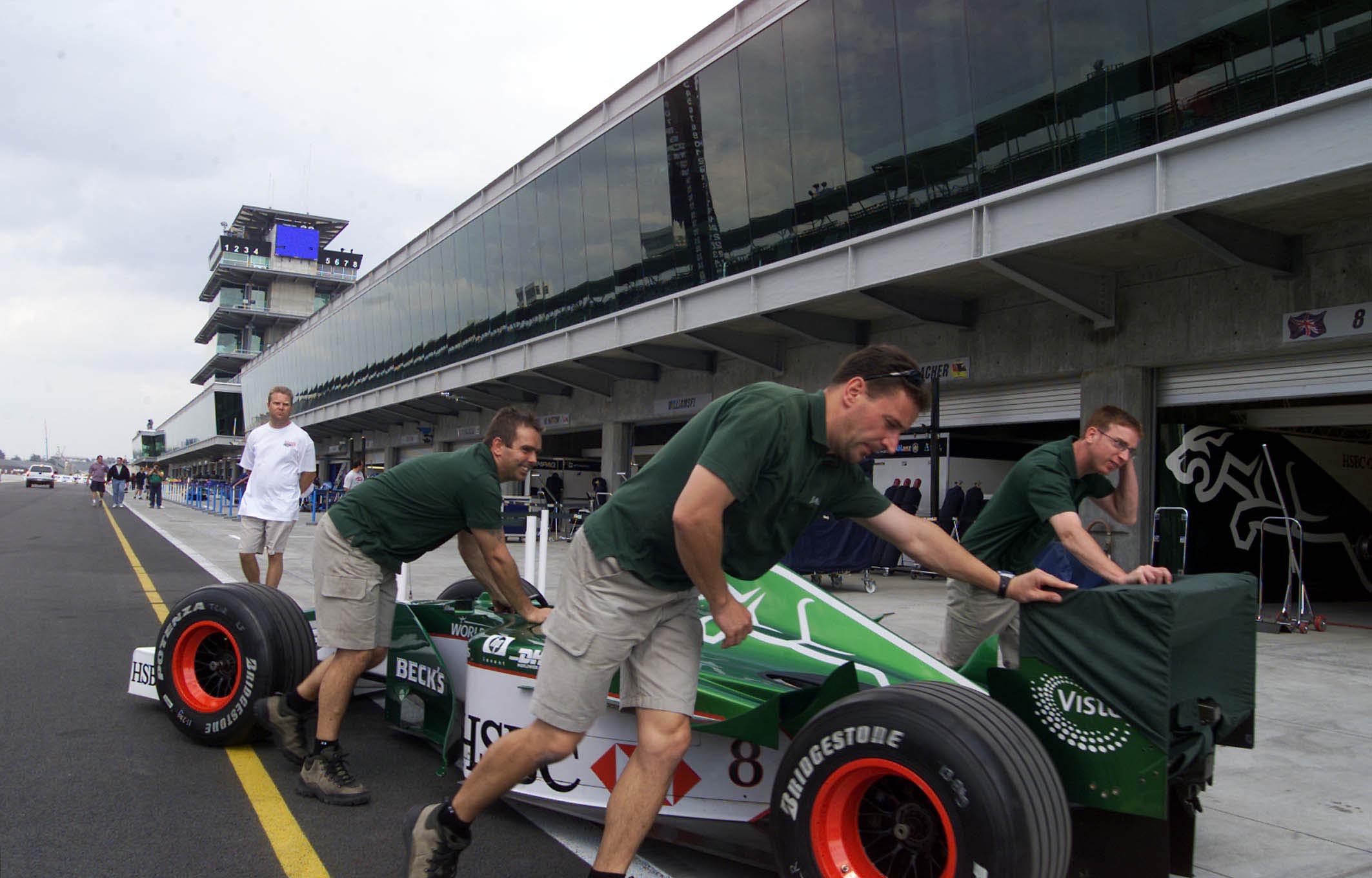
In terms of expectations, works teams are probably the worst. I classify a works team as an automotive manufacturer that produces its own engine, or as we should now call it power unit, and chassis. The most consistent example during my time in F1 is Ferrari – it has been there throughout, always making its own car and engines. Still it battles on.
My most direct involvement in a works team was Jaguar, which was then owned by Ford Motor Company, which also owned our engine supplier Cosworth. The benefit of being a fully-fledged works team is that you can work together to integrate the engine with the chassis, but this didn’t really work with Cosworth. We were still treated like a customer team, getting what it gave us and having to make do. Cosworth was 100% backed by Ford in this.
Anything Cosworth did was magic, whereas anything we did as a chassis manufacturer was inadequate. When you can’t even say that one engine is a little down on power compared to another and that’s why the top speed of the cars is different, it makes things very difficult.
Ford’s management was also very confident in its own engineering abilities. One of its top brass came into one of our engineering meetings and his first comment was “if you don’t do it the Ford way, we will find someone else that will”. How’s that for motivation?
As far as it was concerned, we should integrate as much as possible with its engineering prowess. Any time we did this, it took months instead of days to get any information and when it came it was the size of a phone book. The philosophy was that ‘x’ time of research equalled ‘x’ weight of report. I didn’t have time to digest what we’d get sent, I just needed a one-page overview to give us information.
One challenge Ford wanted to take on was the rollover bar of the Jaguar R1 for 2000. At that time, it was a carbonfibre component with a titanium insert at the top. It was a bolt/bond-on component that had to withstand the loads the FIA defined in the regulations, so pretty much a standalone component. We bought into that and off Ford went with about three months to come up with something for us to manufacture for our cars to go to the first race.
We got the first lay-up detail after about six weeks. Surprisingly, it was half of the weight we had predicted but Ford was 100% confident it would be up to the job. Us questioning it didn’t go down too well with the top management, so we made one, put it on our test rig and, surprise surprise, it failed dramatically. As far as Ford was concerned, we hadn’t made it correctly but we knew we had and in the end it accepted that it wasn’t up to the job.
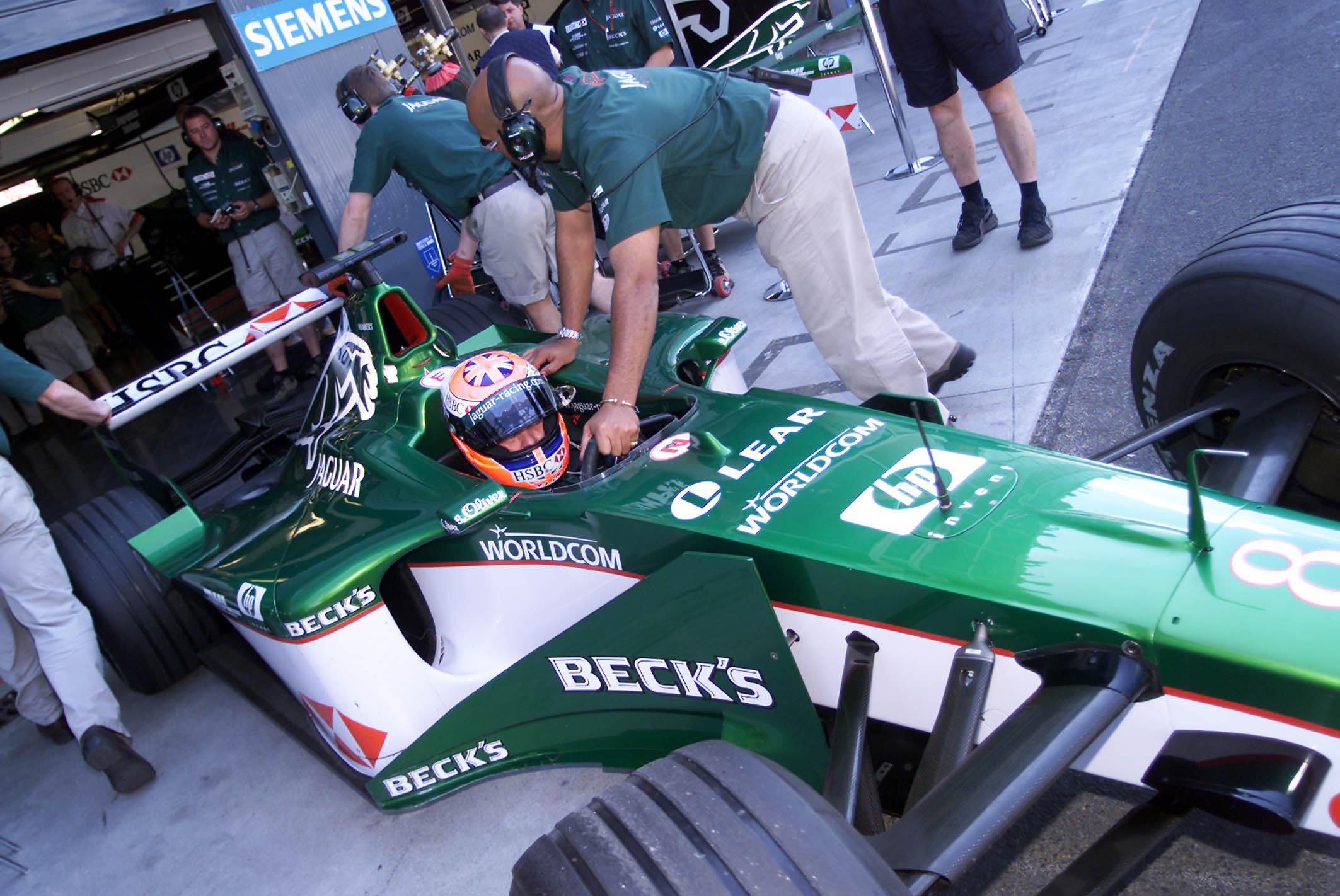
Off its team went again on a redesign and we received the lay-up data for that. The same thing happened again: instant failure.
By now, we were only about three weeks away from shipping the cars to the first race, so a bit of pressure was setting in. Ford redid the lay-up and we made another one. By the time this was all done it was about a week before the cars were being shipped to the first race so we had to do the real FIA test before we could compete. We bolted it onto our test chassis and, with the FIA overseeing it, it failed again. Fortunately, in the background we had made one of our own and, guess what, it passed the test. We had been using this design on the test car so we know we had a solution if required. by going off and making one to our own specification I actually got lectured about not believing in Ford’s engineering abilities.
This is just one example of many showing how difficult it can be working with a top-line automotive manufacturer that believes because it is successful in road-car manufacturing it has the right to be successful in F1. But I’m afraid it is a very different discipline. Toyota was the latest to find that out, but it cost a couple of billion dollars before it called time.
DOES GM REALLY THINK IT CAN MATCH F1 TEAMS ALREADY?
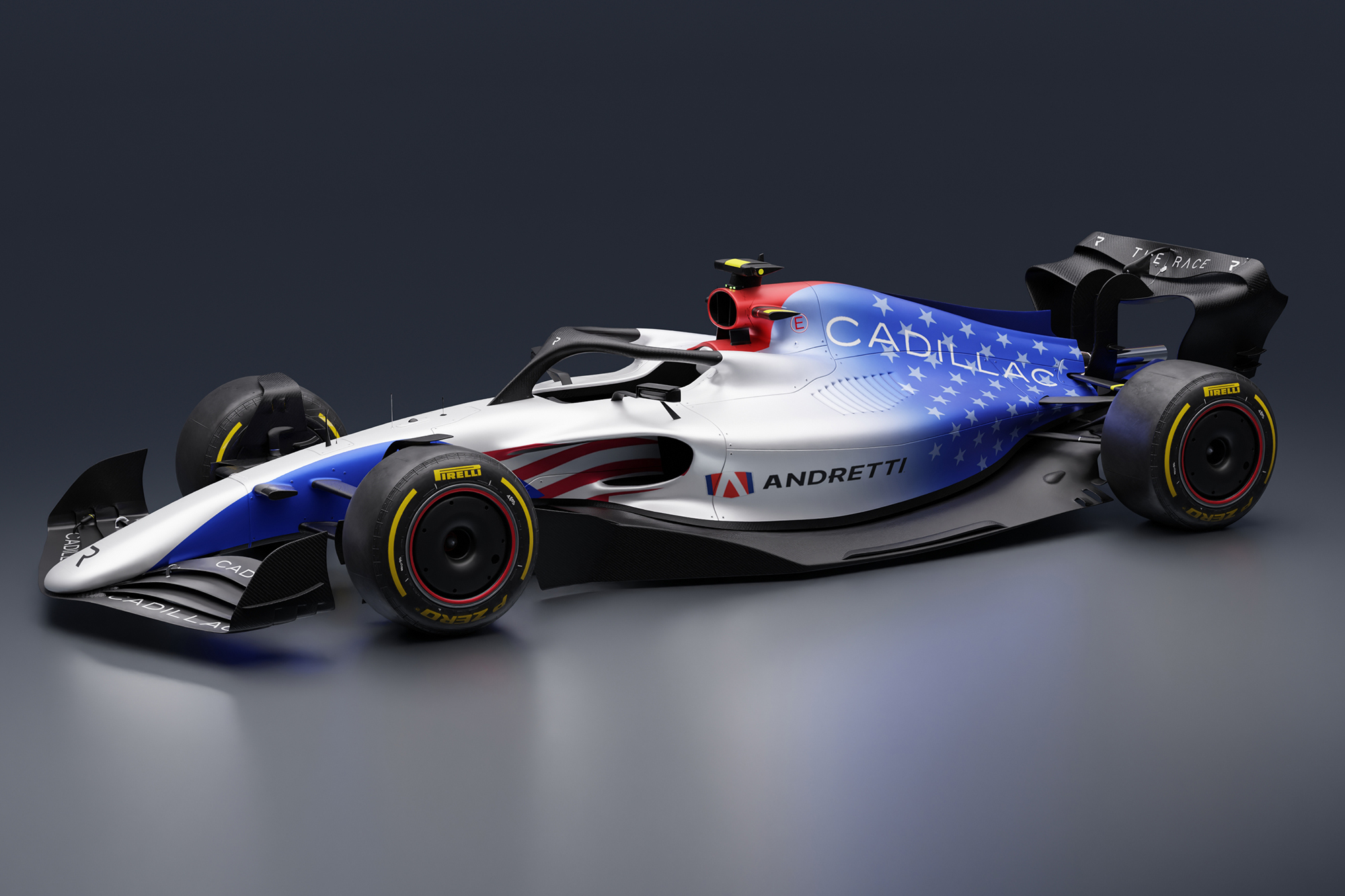
This brings us to the various comments made in Thursday’s press conference where Andretti Global and GM announced their plan to enter F1. I’m afraid I’ve heard so much of it before and it brought me out in a cold sweat when I read some of what was said.
As a technical director, you want the team to be left to get on with what needs to be done and only get involved with the automotive manufacturer side if there’s something specific you need. What was said on Thursday leaves me with a few alarm bells ringing about whether GM risks going well beyond this with wanting direct involvement.
Mark Reuss, GM’s chairman, talked about the value that its automotive facilities can bring to the project.
“GM’s vast engineering resources will bring proven success and invaluable contributions to this partnership,” said Reuss. “This includes all the talent and capabilities of GM’s racing staff and the facilities in Michigan in the Warren tech centre and North Carolina, as well as the expertise of our engineers and designers in areas like combustion, battery technology, turbocharging, vehicle integration, and the list goes on.”
He also talked about supporting the development of the car and claimed that “the capabilities that GM has are on the level with any Formula 1 team out there as well, so we’re very excited”.
So there is a very successful automotive manufacturer assuming its capabilities are up there with the existing F1 teams that have been doing it for decades.
Straight away, that reminds me of the problems caused by Ford’s overconfidence and the negative impact that had on Jaguar not just while I was there, but in the years that followed before Red Bull took over.
GM’s facilities and personnel will be of a very high standard, but it’s a completely different technical challenge to produce F1 cars compared to road cars. Making the facilities potentially available to Andretti if required is positive, but what it must not do is force their use.
WILL GM TRY TO DO TOO MUCH?

Michael Andretti himself also talked up the benefits of the GM partnership and what is being presented as an all-American team.
“To have an American manufacturer behind an American team with an American driver is going to be the biggest story of the year,” said Andretti.
“It just happened naturally. I don’t think anything changed that much [since GM became involved]. We’re still going about it, we’re still working to get the people together to build a team.
“The great thing is that GM has great resources and people already so that’s going to help us get up and running even quicker. So we’re in a really good position right now.”
Andretti knows that GM will want to use any F1 success to talk up its own capabilities, and that’s why he refers to the benefit of the resources and people it can offer.
But given it won’t be producing its own engine, at least not at first, the risk is that GM is too keen to justify its presence by forcibly making a technical contribution.
SPLIT US/UK BASES ARE A COMPLICATION
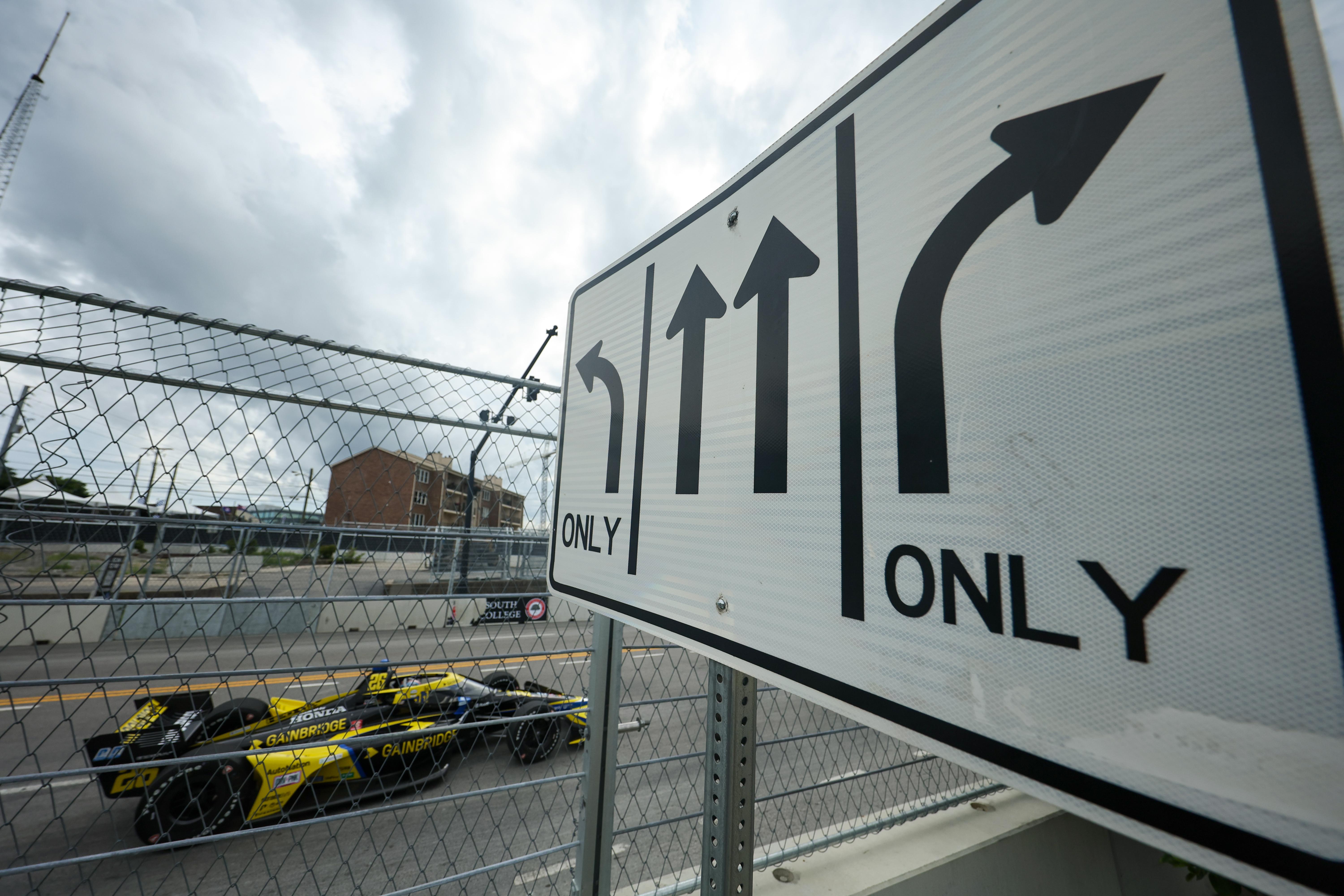
Andretti also talked about having its main headquarters in Fishers, Indiana, with a satellite operation in Europe. This makes everything doubly difficult.
I assume what he is talking about here is that design and manufacturing will be stateside.
However, if that workshop is set up to be able to achieve all the rig testing and dyno running that a current F1 team currently requires, you will also need to set up your race shop to be able to cater for everything that racing can throw at you. Unless you equip both workshops with all the equipment that an F1 team requires, one of them won’t be able to operate as efficiently as it needs to.
Considering how the Ford/Jaguar project worked, at least we were all under one roof. Designing, building and racing from one centre is critical. It was just the management interference that continually dragged you down and wasted far too much time.
We don’t yet know how this relationship will play out, but these are red flags that mean that for all the positives about the Andretti/GM partnership, it’s not guaranteed to be successful.
THE ASSURANCES I’D WANT
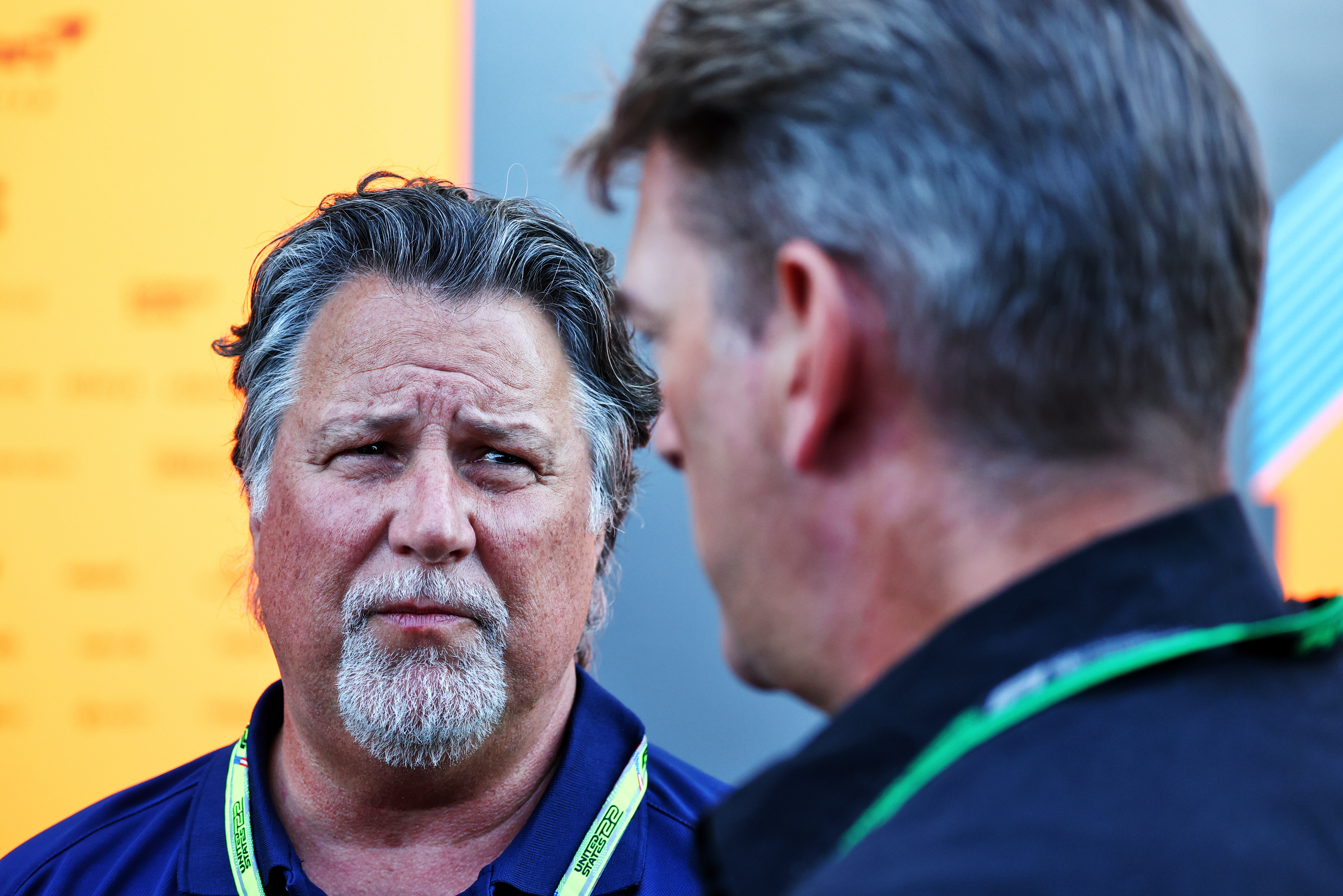
If I was involved in this project in these early stages as technical director, I would need assurances of the intended structure and everyone’s final responsibilities.
At the beginning of a project like this, it is very easy for the enthusiasm to generate grey areas that everyone believes will sort themselves out later. This never happens and usually it ends up with catastrophic results.
Both GM and Andretti have a lot to learn about F1. Hopefully, their plans will come to fruition, but there are going to be a few bumps on the way.
If any team has the determination to get into F1, it is Andretti Global. But the big question is: is it good enough? And will GM’s involvement be beneficial or, as was the case with Ford, simply cause endless problems that mean the team’s chances of success are dramatically reduced?







